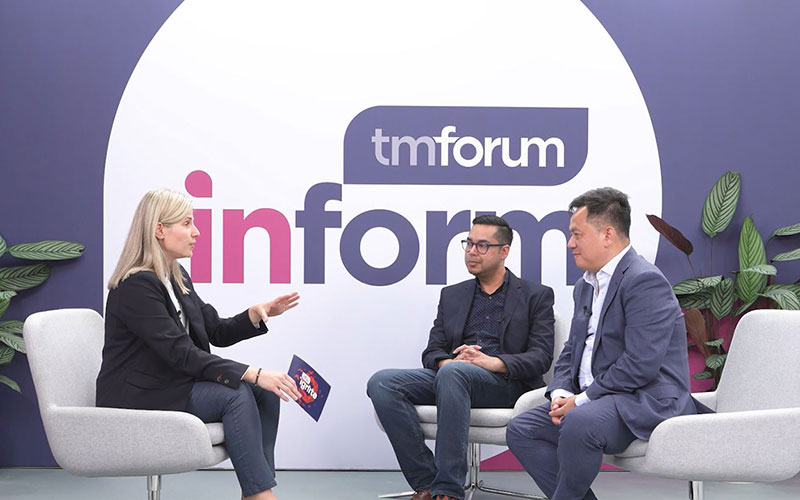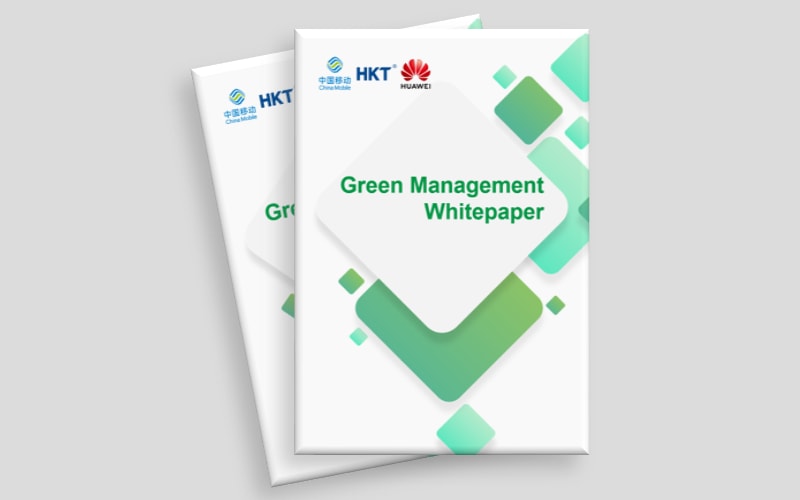New Solutions
Digitalizing site power for green connectivity and computing
Huawei's 5G Power can help customers quickly build intelligent sites, optimize TCO, and meet the much higher requirements of 5G.


By Peng Jianhua, President of Telecom Energy, Huawei
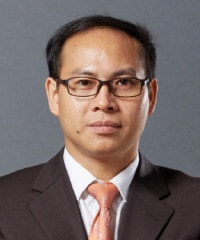
By 2025, the number of people-to-people, people-to-things, and things-to-things connections will exceed 100 billion. With the growing adoption of 5G networks, experience- and business-driven connectivity and computing are becoming ubiquitous. The rise of new services, such as online healthcare, online education, online office, smart home, VR, AR, and autonomous driving, is demanding broader network connections, higher bandwidth, and content and computing that are closer to users.
We’ve seen a series of major new changes taking place in communications networks, including increased wireless frequency bands and sites, fiber replacing copper, all-optical FTTx, equipment room capacity expansion, and FMC/ICT convergence. Base stations will also evolve from communications and connectivity functionality to "social stations" with a full array of functions.
So, how will these developments change site power infrastructure?
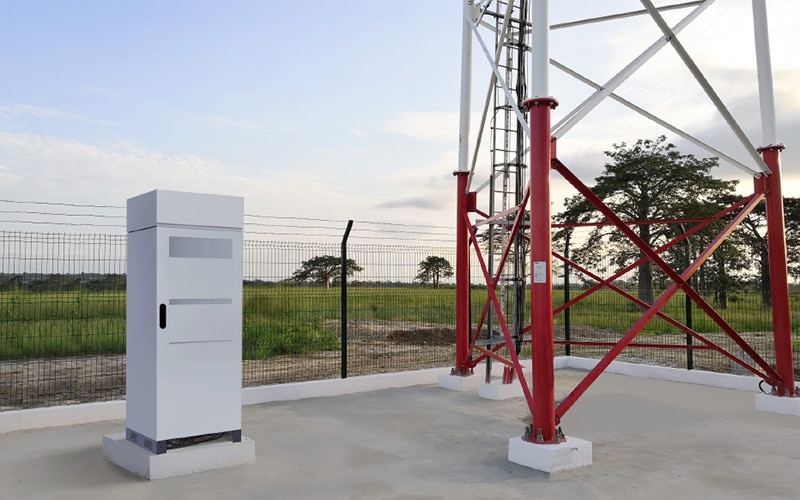
Seeing the future to create a better now
- Optimizing CAPEX and OPEX: The number of base stations, the amount of equipment room hardware, and power consumption are rising. Site construction involves building traditional equipment rooms, rigging together multiple boxes in the power system, and overlaying multiple systems. Multiple stages are needed, including engineering surveys, negotiations, approval, and civil construction. Construction cycles are long, investment requirements are high, and fast service provisioning is impossible. Site management is complex and evolution difficult. The current structure incurs high site CAPEX and OPEX.
- CT and IT convergence: Advances in 5G technology and the increase in service applications have resulted in computing getting closer to users and the convergence of CT and IT into ICT architecture. A typical example is the increase in the proportion of IT equipment in sites, with trends moving towards AC and DC power supply.
- Redefining energy storage systems: Lead-acid batteries are fast being swapped out for lithium batteries. While ordinary lithium batteries have advantages, they’re a simple combination of battery cell and structural component, which can only provide simple backup power. They cannot be coordinated, enable only imprecise management, and waste resources. They’re also expensive to evolve and difficult to operate and maintain. In the 5G era, the architecture of base station energy storage systems needs to be redefined.
- Solar energy and new energy sources: Various factors are encouraging operators to add solar energy to all base stations, including climate change and the need to conserve energy and reduce emissions, the continued drop in cost of new energy sources such as photovoltaics, and the rising cost performance of applications. This is eliminating the need for diesel generators, so all sites can be diesel-free, helping energy networks contribute to the UN’s sustainable development goals (SDGs) and cutting OPEX.
- Digitalization and smartification to minimize O&M costs: 4G O&M for roughly 80 percent of base stations involves manual on-site inspections to locate issues and troubleshoot faults, with average annual O&M per site potentially costing tens of thousands of dollars. In the 5G era, the surge in the number of connections and sites will lead to ever-more-complex O&M. Legacy O&M methods will result in soaring O&M OPEX. The need to greatly improve site O&M efficiency will drive the full digitalization and smartification of energy infrastructure.
- Open infrastructure: Site power infrastructure will become more open, and sites will evolve from communication stations into social stations that provide functions like site sharing, energy infrastructure sharing, and advertising space rental. Sites will be able to accommodate capabilities like environment- and security-monitoring equipment and peripheral power supply. Site- and energy-sharing in this way will maximize site resource utilization.
5G Power powers 5G
Huawei’s 5G Power is a next-gen site power solution designed to create a simple, intelligent, and green telecom energy network. It utilizes Huawei’s extensive experience in 5G network evolution, materials science, and key technologies in power, power electronics, thermodynamics, IoT, and AI.
By adopting digital technologies such as AI, big data, and IoT, the solution enables real-time connectivity and the global management of grid power, energy storage, temperature control, and loads, supporting a fully intelligent energy network with intelligent power output and intelligent O&M for site energy systems.
High-density, efficient power output technology, new energy resources, and intelligent technology achieve an efficient, eco-power network at three levels – modules, sites, and networks – so carriers can build end-to-end green, efficient energy networks and support sustainable development.
This approach opens up base station resources, transforming them from communication stations into social stations that maximally utilize resources.
In 2019, Huawei's 5G Power solution won ITU's Global Industry Award for Sustainable Impact, demonstrating that Huawei can provide solutions that conform to ITU's international standards for 5G power.
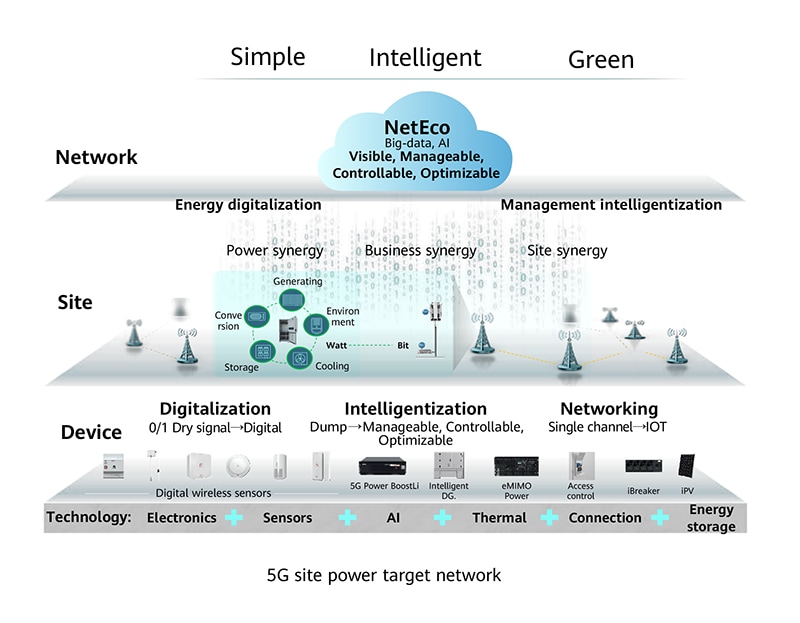
Accelerating 5G deployment and optimizing TCO
By reserving space for future capacity expansion and additional hardware, carriers can achieve smooth expansion and save costs when evolving to multi-band 5G. Huawei is enabling them to do this by making breakthroughs in power density and power and energy storage density. Offering "1 site, 1 cabinet", "1 site, 1 blade", "1 cabinet instead of 1 equipment room", and "converged ICT in 1 cabinet", the advanced 5G Power solution enables 5G deployment in various scenarios without needing to renew the mains, build equipment rooms, add cabinets, or replace cables, thus helping customers rapidly deploy 5G and achieve optimal TCO.
1 Site, 1 Cabinet: represents the world's first intelligent, unified and comprehensive energy platform for 5G power. It integrates a 5U, 36 kW power supply capacity, which is double the industry average, while the 3.6U, 150 Ah5G Power BoostLi energy storage system beats the industry average energy storage density by 220 percent. Multiple power supply inputs, including mains supply, solar energy, and diesel generators, and multiple voltage output standards, such as DC 48V/12V/24V/36V, AC 220V, are supported on one platform and one system. With the solution, all equipment can be housed in one cabinet. The 1 site, 1 cabinet principle supports the smooth evolution of all services and enables network-wide intelligent management. It makes 4G sites 5G-ready without increasing CAPEX for new 5G deployment, achieving E2E TCO savings of 50 percent.
1 Site, 1 Blade: For remote AAU/RRU scenarios, Huawei’s 1 Site, 1 Blade solution comes equipped with the industry's first 6 kW blade, which features natural cooling, a small footprint, maintenance-free capabilities, and fast service provision. The unique butterfly design and cutting-edge cooling technology reduce wind resistance by 40 percent and improve cooling efficiency by 25 percent.
For equipment room scenarios, Huawei's simplified CO-MIMO power solution provides new architecture, is compatible with all standards, and offers a range of benefits: 55 percent lower volume, 70 percent less load, 30 percent higher capacity, and an E2E efficiency boost from 80 percent to 92 percent. The solution can help customers retrofit and expand the capacity of services at the original site without needing new leases, new equipment rooms, or engineering work, which in turn supports simplified evolution towards 5G for CO equipment rooms.
It also supports connections to renewable energy, ensuring power supply for converged IT/CT equipment and MEC-ready capabilities. The unique CO BoostLi power storage system supports a maximum of 6000A ultra-high power. The solution is equipped with intelligent automatic fire-extinguishing technology for lithium batteries, an industry first that maximizes system safety.
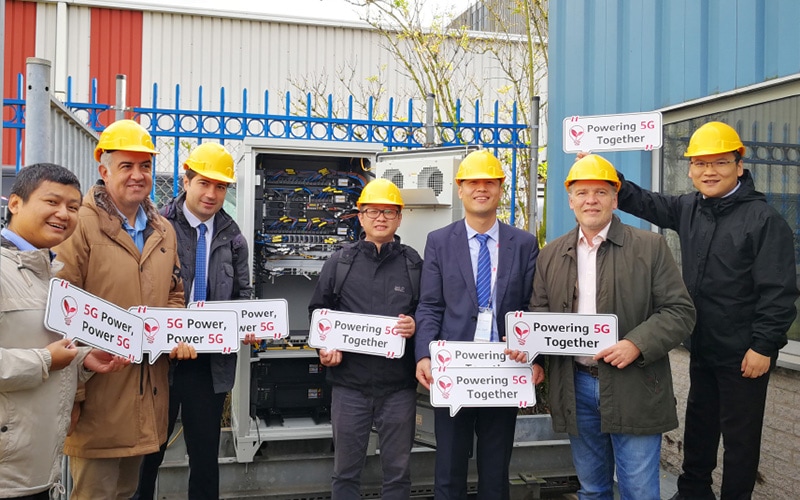
Site power goes fully intelligent
Huawei is accelerating the digital transformation of base stations by adopting AI and IoT. Harnessing these digital technologies, 5G Power optimizes coordinated scheduling between various systems, such as power supply modules, site hardware, and the network. This enables intelligent power output and intelligent O&M for site power systems, driving the full smartification of the site power network.
On the power output side, Huawei has proposed the "bits managing watts" and "zero watt if zero bit" concepts. The intelligent coordination of Huawei 5G Power’s multiple subsystems – intelligent power supply, intelligent energy storage, and intelligent network management – supports the intelligent peak shaving and maximum power point tracking (MPPT) of grid power. This maximizes site power supply capacity and helps operators deploy 5G without modifying the mains supply or adding power cabinets. Exclusive 57V intelligent constant voltage technology supports AAU power supply without replacing cabling, reducing line loss and unleashing 100 percent of the energy storage capacity.
5G Power also adopts innovative intelligent metering to solve the issue of inaccurate energy management. By supporting intelligent electricity metering, the power consumption of all electrical loads in a site can be calculated separately without adding electricity meters. This enables customers to precisely measure the power consumption of each load, according to tenants, frequency bands, and sectors, giving them accurate data to improve energy efficiency and carry out precise investment.
The 5G era will require more accurate power backup and precision power-down management according to service priority. Huawei has redefined shutdown logic, with shutdown strategy implemented in an intelligent and coordinated way, using multi-dimensional indicators so that sites can execute precise power-down based on service importance. This function also allows precise power management, dramatically reducing investment in energy storage.
With the Huawei 5G Power BoostLi energy storage system, Huawei has unlocked greater potential in site energy storage systems. The system provides a three-tier architecture comprising local BMS, energy IoT networking, and cloud BMS. Underpinned by intra-site, inter-site, and site/network energy storage collaboration, coupled with big data analytics and AI algorithms, the solution supports intelligent voltage boosting, intelligent anti-theft, the intelligent hybrid use of batteries, and intelligent parallel operations. This will ensure ultimate reliability for power supply and backup; maximize battery value; and meet new demands for applications, intelligent collaboration, precision management, and all-scenario applications in site energy storage in the 5G era.
Rethinking O&M
5G Power applies simplified IoT networking to support a digital dashboard, the visibility of energy consumption per bit, and energy efficiency/PAV visibility for the entire site power network; remote O&M manageability and battery/diesel generator state of health (SoH) management; smart scheduling controllability; and AI big data analysis optimization. For site asset management, Huawei's 5G Power integrates multiple smart anti-theft measures including digital anti-theft and AI image analysis. These measures clarify site asset management and evolve anti-theft systems from physical to digital.
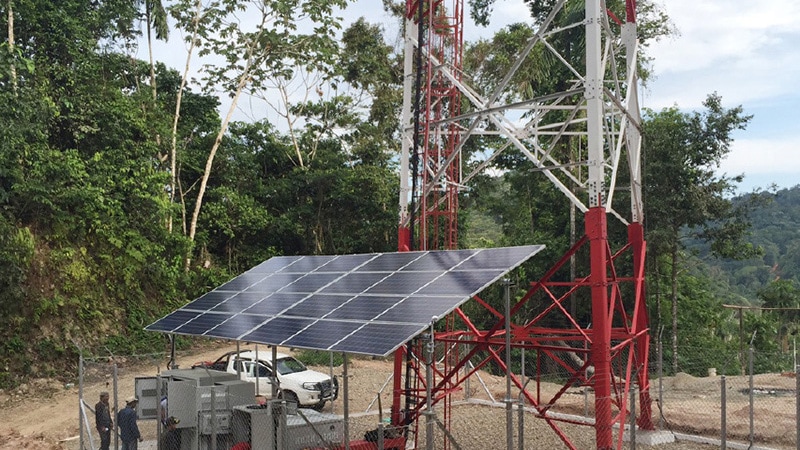
Modules, sites, network: 3-layer optimization for green networks
In traditional power supply systems, the sole focus is on rectifier efficiency. Other parts of the power supply are limited by structure and capacity, which means they aren’t considered. Huawei's 5G Power uses AI to enable communication and real-time connectivity, and the global management of grid power, energy storage, temperature control, and loads. These capabilities achieve green connectivity and computing, saving energy across three layers: modules, sites, and the network.
Energy efficiency at the module level is achieved with an industry-leading rectifier (98-percent efficiency), heat resistant materials, and phase change cooling temperature control, helping save 5,000 kW of electricity per site per year.
Operators can cut energy use at typical sites by 50 percent by eliminating diesel generators and adding solar panels at all sites. Corresponding measures include reconstructing old and inefficient power system and indoor-to-outdoor site conversion, with technologies like AI-supported iSolar, a digitalized overlaid solar energy solution, super-fast charging, intelligent network management scheduling, and intelligent collaboration.
At the network layer, cloud-based intelligent network management identifies inefficient sites and allows intelligent network-wide coordination between the mains supply, power supply systems, energy storage, and loads. Intelligent management also includes precision energy efficiency management and the optimization of site energy consumption across the whole network, helping carriers build fully green, efficient energy networks.
Social stations: Maximizing site resource utilization
The power system, which in the past formed part of base stations' support infrastructure, is now the cornerstone of the network, and even a key determining factor in whether 5G can rapidly develop.
Huawei believes that as 5G becomes more widespread across industries and ICT convergence ramps up, the sharing of network infrastructure will also increase. Opening the capabilities of site power systems will need to increase and sites will have to evolve from traditional communications into site sharing and energy-sharing to maximize site power efficiency.
Huawei's industry-first super site power supply MEC solution harnesses intelligent integrated power supply and unified power supply architecture that’s compatible with all input and output standards. It enables flexible modularized expansion, provides ultra-high power supply and backup capacity, features ultra-high heat treatment capacity, and delivers class A environmental adaptability.
It also supports the co-deployment of ICT devices and full-scenario applications. Thanks to the large power supply and backup capacity, the MEC solution enables site power sharing, backup power, and electric vehicle charging/power exchange for businesses and residents.
Flexible multi-standard output capabilities can ensure power leased sites, covering diverse functions such as security monitoring, disaster detection, and outdoor advertising.
Maximizing investment efficiency
With the aim of achieving ubiquitous green connectivity and computing, Huawei is a leader in the digitalization of site power. It works with the telecommunications industry to explore and drive the development of 5G based on the concept of simple, intelligent, and green. We will continue to concentrate on the challenges facing customers in the 5G era and help them build future-oriented, fully digitalized, intelligent green networks that meet sustainable development goals and save OPEX.
- Tags:
- Environment



